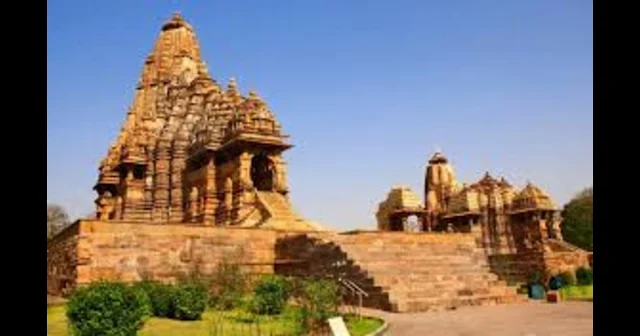Exploring the Heart of Madhya Pradesh: Khajuraho, Kanha National Park, Bhopal, Gwalior, and Ujjain
Introduction
Madhya Pradesh, known as the "Heart of India," is rich in history, culture, and natural beauty. This article explores five iconic destinations: Khajuraho, Kanha National Park, Bhopal, Gwalior, and Ujjain.
Khajuraho
Historical Background
Ancient Origins
Khajuraho was once the capital of the Chandela dynasty, flourishing between the 10th and 12th centuries. The temples reflect the peak of Hindu architecture and art.
Architectural Marvels
Temple Complex
- Western Group: Features the most prominent and well-preserved temples like Kandariya Mahadeva.
- Eastern and Southern Groups: Showcase Jain temples and lesser-known structures.
Artistic Significance
The temples are renowned for their intricate sculptures depicting various aspects of life, spirituality, and sensuality.
Cultural Impact
UNESCO World Heritage Site
Recognized for its outstanding universal value, the site draws historians and tourists alike, celebrating Indian architectural genius.
Kanha National Park
Wildlife and Biodiversity
Flora and Fauna
Kanha is one of India's largest national parks, home to diverse species including tigers, leopards, and barasingha.
Conservation Efforts
Successful conservation initiatives have helped protect endangered species and their habitats.
Visitor Experience
Safari Adventures
Visitors can explore the park through guided jeep and elephant safaris, offering a chance to witness wildlife up close.
Best Time to Visit
Optimal visiting months are October to June, avoiding the monsoon season when the park is closed.
Bhopal
Historical Significance
The City of Lakes
Bhopal is known for its beautiful lakes and a blend of rich heritage with modernity.
Nawabi Influence
The city has a unique charm with its Nawabi history, reflected in its architecture and culture.
Major Attractions
Historical Monuments
- Taj-ul-Masajid: One of the largest mosques in India.
- Bharat Bhavan: A cultural complex promoting visual and performing arts.
Museums and Parks
- State Museum: Offers insights into Madhya Pradesh’s history and culture.
- Van Vihar National Park: A protected area home to a variety of wildlife.
Gwalior
Historical Background
Ancient City
Gwalior has been a center of power with a history dating back to ancient times, featuring influences from various dynasties.
Architectural Landmarks
Gwalior Fort
Dominating the skyline, this fort is a testament to the city’s strategic importance and architectural brilliance.
Temples and Palaces
- Sas Bahu Temples: Known for intricate carvings.
- Jai Vilas Palace: A blend of European architecture and Indian heritage.
Cultural Contributions
Music and Arts
Gwalior is a hub for classical music, being the birthplace of the Gwalior Gharana.
Ujjain
Spiritual Significance
Ancient Pilgrimage Site
Ujjain is one of the seven sacred cities of Hinduism, known for its spiritual legacy and religious festivals.
Major Attractions
Temples and Ghats
- Mahakaleshwar Temple: One of the twelve Jyotirlingas, attracting devotees from across the country.
- Shipra River: Host to the Kumbh Mela, a massive religious gathering.
Astronomy and Learning
- Vedh Shala: An ancient observatory reflecting the city’s contribution to astronomy.
Festivals and Celebrations
Kumbh Mela
A grand religious festival held every twelve years, drawing millions of pilgrims.
Conclusion
Madhya Pradesh offers a unique blend of history, culture, and nature. From the architectural wonders of Khajuraho to the wildlife of Kanha, and the historical cities of Bhopal, Gwalior, and Ujjain, each destination offers a glimpse into India’s rich and diverse heritage.
References
- Books and Articles: Recommended readings on the history and culture of Madhya Pradesh.
- Websites and Resources: Online materials for more information on visiting these destinations.

